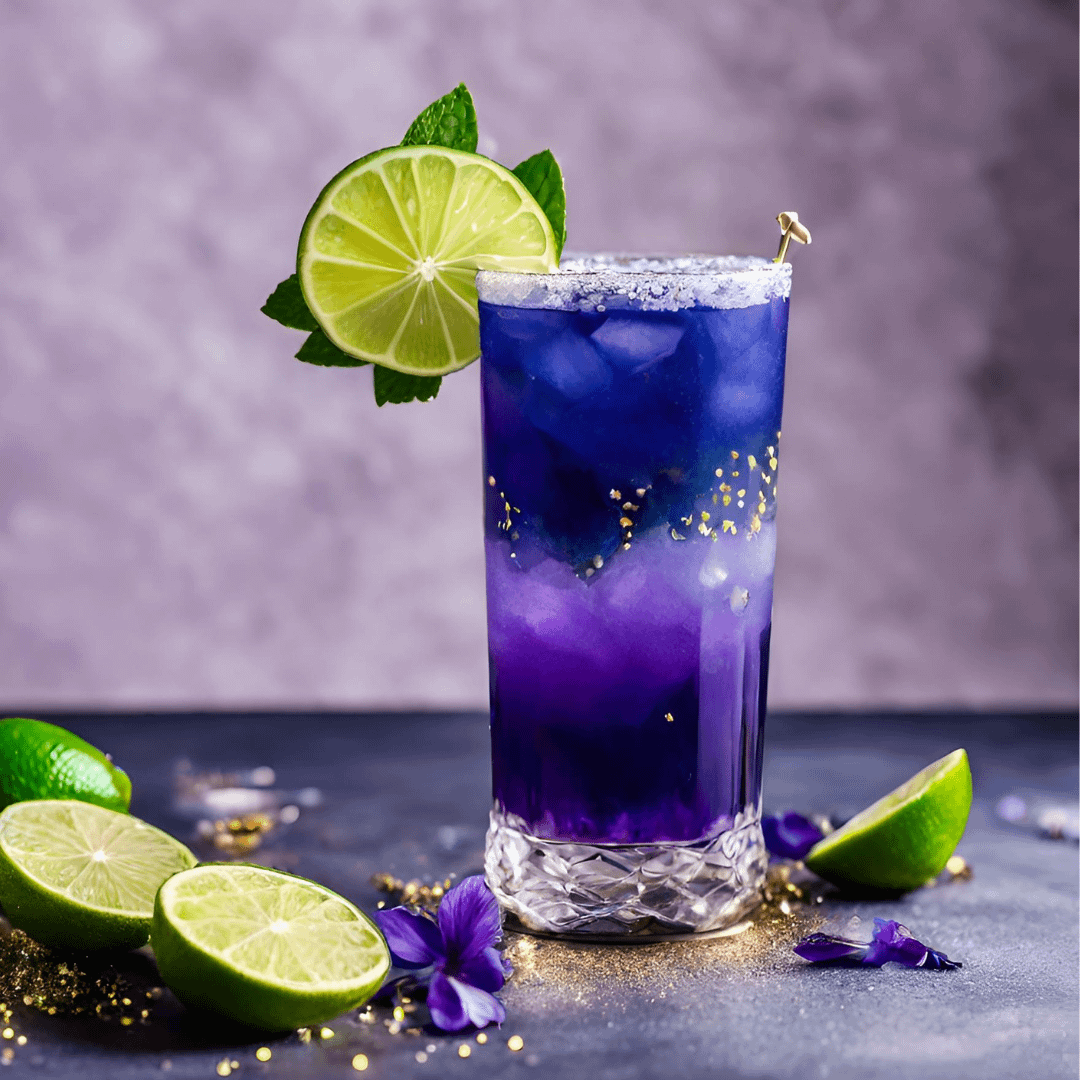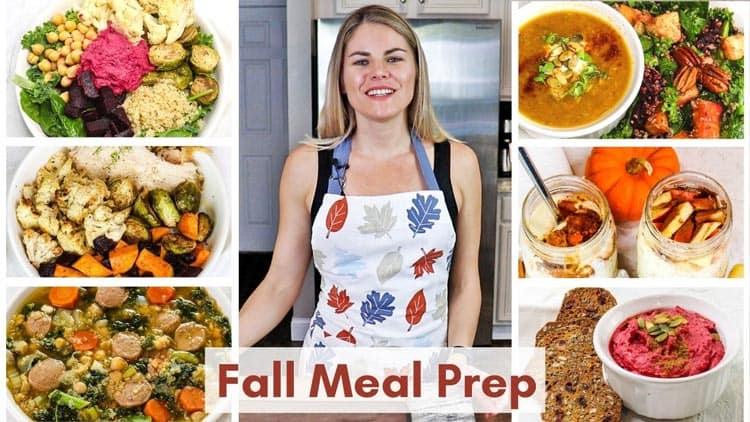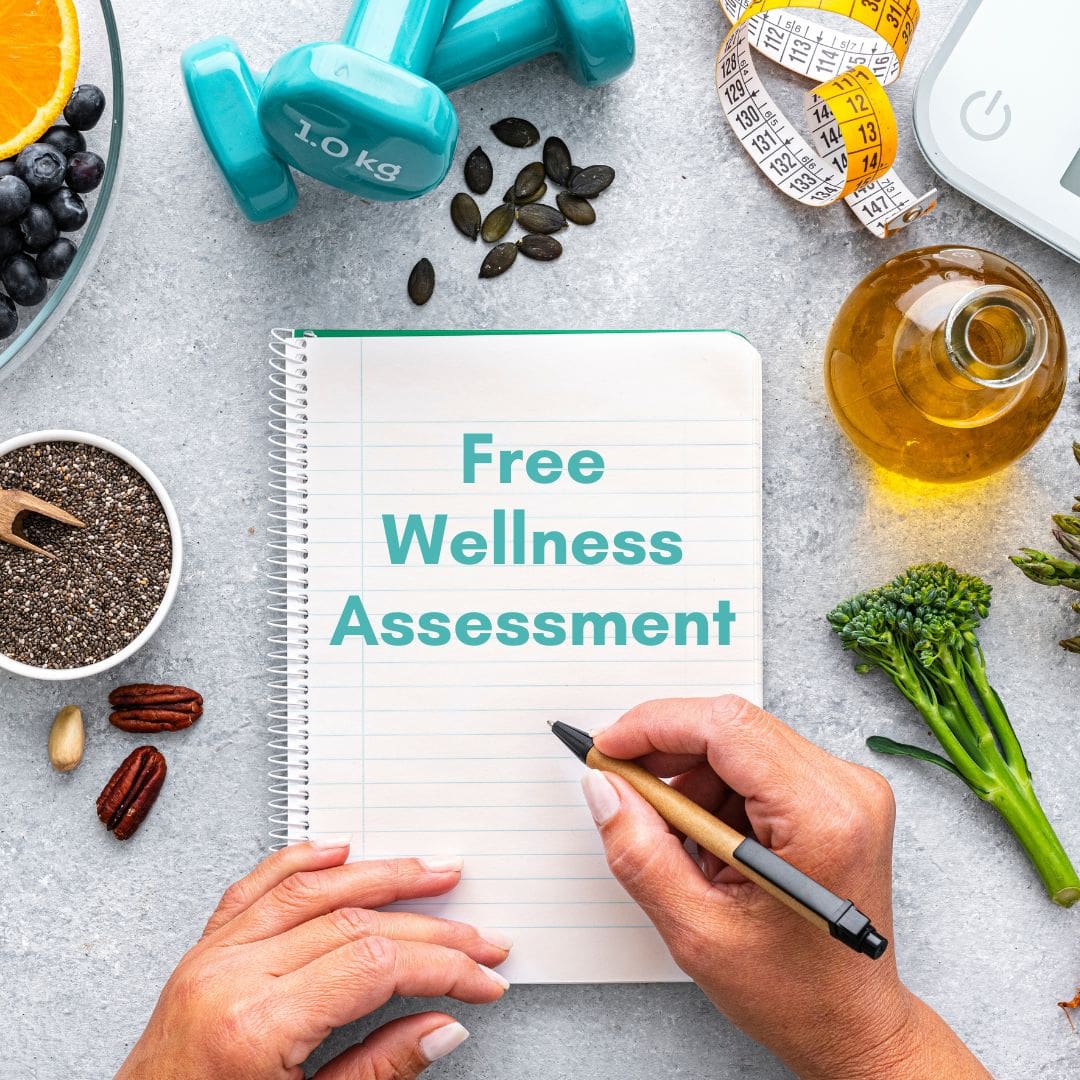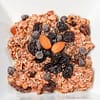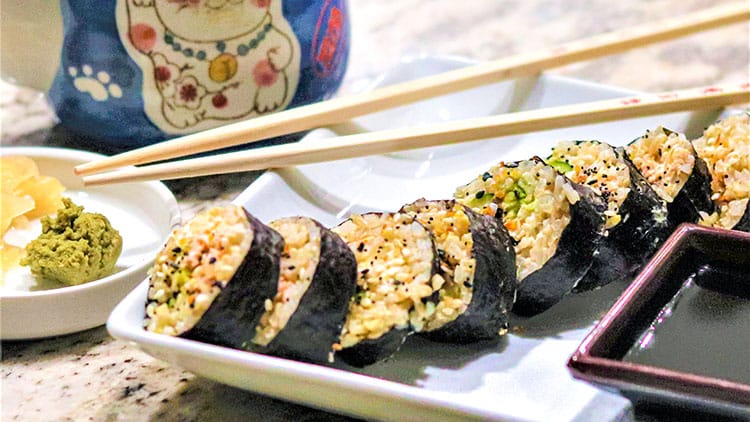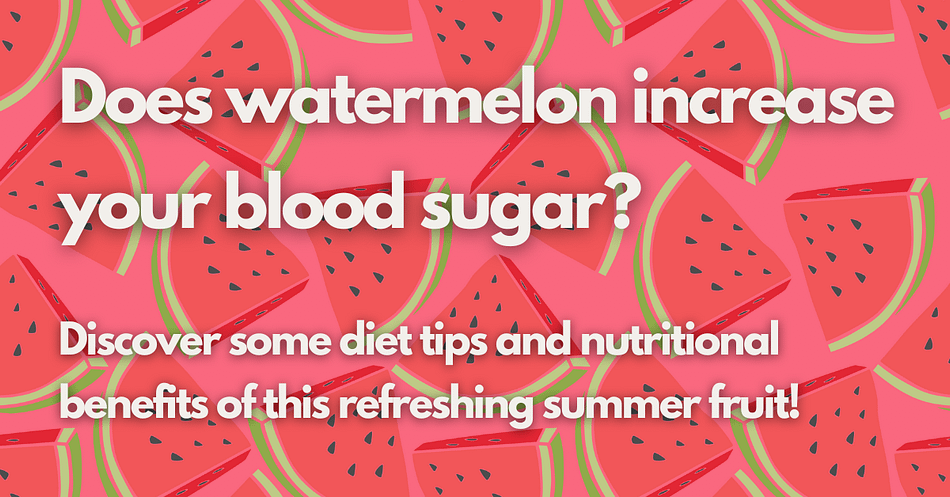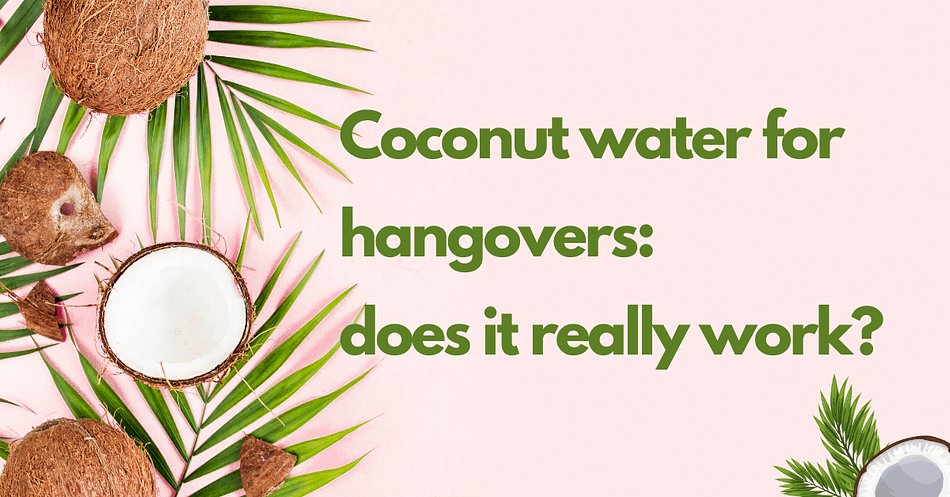Share This


Pages on this site may contain affiliate links, meaning if you book or buy something, I may earn an affiliate commission at no additional cost to you. Thank you for your support! Learn More
Also note: While I am a certified nutrition coach, I am not a medical doctor. Information here is not intended to be a replacement for the advice you should seek from your doctor.
Is there a correlation between the consumption of chia seeds and bloating? And what are the main benefits of this incredible seed? Let’s discover everything about chia seeds (+ 7 incredible recipes)!
Chia Seeds a.k.a. Salvia Hispanica
Chia seeds (pronounced as “CHEE-ah”) – also known as Salvia Hispanica – have become one of the most sought-after foods nowadays. That shouldn’t come as a surprise, because this tiny seed is full of healthy Omega-3 fatty acids, minerals, and fiber.
However, consuming too many chia seeds – or not adequately using them – can be the cause of bloating and abdominal discomfort. Many people wonder, “Why do I feel bloated after eating chia seeds?” The answer lies in the high fiber content and water-absorbing capacity of the seeds.
In this article, we will discover more about the amazing benefits of chia seeds and learn some useful tricks to avoid bloating from chia seeds.


What are the Main Benefits of Chia Seeds?
Chia seeds are packed with nutrients — including fiber, plant-based protein, minerals, and omega-3 fatty acids — that can support your body in a variety of ways.
1. A Great Plant-Based Source of Omega Fatty Acids
Chia seeds are the greatest source of plant-based omega-3 and omega-6 fatty acids. Indeed, they are richer in these compounds than most other plant sources.
Essential fatty acids are critical to forming cell membranes, providing energy to the body, and supporting the immune and cardiovascular systems. Moreover, omega fatty acids provide health benefits like protecting the heart, promoting healthy blood sugar, and supporting optimal mental health.


Of particular interest to researchers is chia seeds’ high content of alpha-linolenic (ALA) fatty acids. Sixty percent of the oil in chia seeds is from these omega-3 fatty acids. However, available research suggests consuming different types of omega-3-rich foods, rather than just relying on chia seeds alone.
The recommended daily intake of chia seeds is around 2 tablespoons of chia seeds twice per day, provided your digestive system can handle that much fiber. If you experience digestive distress, reduce your intake, and work up to eating more fibrous foods to avoid chia seeds causing bloating.
❤️❤️ Don’t miss a recipe or post! Make sure you remember to sign up for my Newsletter and follow me on social ❤️❤️!
Get Your Free Stuff!
2. Chia Seeds and Weight Loss
Chia seeds can be used to facilitate and promote weight loss. Indeed, chia seeds are rich in insoluble and soluble fiber, which can help in providing a feeling of fullness for a longer period of time and in reducing your appetite. These in turn are useful tools to help lose and maintain body weight. However, chia seeds can make you bloated if consumed in excess.
However, be mindful of the fact that chia seeds are also rich in fats and calories. Therefore, I would recommend using them in moderation, in the context of a well-planned and varied diet. Be also aware of the correlation between overconsumption of chia seeds and bloating (more on that in the next section).
3. Improved Digestion
Chia seeds have a quite high fiber content. Indeed, one ounce (28 grams) of the seed contains about 10 grams of (mostly insoluble) fiber. This is between 29% and 45% of the fiber you need in a single day! The most amazing thing is that fiber is a great ally of your gastrointestinal system.
Indeed, most of the chia’s fiber is insoluble, which adds bulk to your stool and helps to move it along the gastrointestinal tract. This prevents constipation and makes it easier to poop 💩.
On the other hand, chia seeds also have some soluble fiber. Soluble fiber has the opposite effect of absorbing and swelling up with water in the stomach to form a thick gel that slows down digestion. This is why we need a balance of both types of fiber in our diet, and why chia seeds are great to help us achieve it!
All is well and good…if it wasn’t for the fact that the consumption of chia seeds can also have some downsides. In particular, chia seeds can cause bloating and abdominal discomfort, especially if you are consuming too much of it, or if you don’t know how to adequately use the seeds. Let’s discover why and learn some tips on how to avoid it!
Chia Seeds Nutrition
Here are the nutrition facts for one tablespoon (approximately 12 grams) of chia seeds:
- Calories: 58
- Total Fat: 3.69 grams
- Saturated Fat: 0.40 grams
- Polyunsaturated Fat: 2.84 grams
- Monounsaturated Fat: 0.28 grams
- Cholesterol: 0 milligrams
- Sodium: 1.92 milligrams
- Total Carbohydrates: 5.05 grams
- Dietary Fiber: 4.13 grams
- Sugars: 0 grams
- Protein: 1.98 grams
- Calcium: 75.72 milligrams (about 8% of the daily recommended value)
- Iron: 0.93 milligrams (about 5% of the daily recommended value)
- Magnesium: 40.2 milligrams (about 10% of the daily recommended value)
- Phosphorus: 103.2 milligrams (about 10% of the daily recommended value)
- Potassium: 48.84 milligrams
- Zinc: 0.55 milligrams (about 4% of the daily recommended value)


Chia Seeds and Bloating: Can Chia Seeds Make You Bloated?
The answer is (unfortunately) yes! As we have just learned, chia seeds are rich in both soluble and insoluble fiber. In particular, due to the high content of soluble fiber, chia seeds have the capacity of absorbing water, up to 15-20 times their weight. When they pass through the esophagus, they absorb water like a sponge in the intestine area and expand in the stomach. This is what leads to bloating. This is more likely when we consume an excessive amount of seeds, or don’t know how to use them properly!
Here are some tips to avoid feeling discomfort when consuming chia seeds.


First of all, soak your seeds before eating them. Let them rest for a minute, then strain and serve. Don’t forget to stir to break up the lumps before soaking. Allow the seed to absorb all the water and swell before consuming.
Second, increase your chia seeds intake gradually. Start with one teaspoon and increase your daily amount until you reach the recommended daily intake of 2 tablespoons. Make sure to also chew them properly, to break them before they enter your digestive tract. Alternatively, you can also try to blend them before consumption.
All in all, remember that chia seeds are great for your digestive system, and they can even help to debloat your tummy when consumed properly!
For example, you can try a debloat chia seeds drink, which is super popular nowadays! Just add a couple of teaspoons of chia seeds to your coconut water (optional, add some super green powder), stir it well, and consume it as soon as you wake up! And don’t forget to let me know if it works!
Join in the conversation, here:Common Questions About Chia Seeds
Do Chia Seeds Cause Bloating?
Chia seeds can cause bloating and gas if consumed in large quantities or without adequate hydration. To avoid this, it is recommended to soak chia seeds in water or another liquid before consuming them.
How Much Chia Seeds Should You Eat Per Day?
The recommended daily intake of chia seeds is 1-2 tablespoons. It’s important to start with a small amount and gradually increase the intake to allow your body to adjust to the high fiber content.
Can Chia Seeds Help with Weight Loss?
Yes, chia seeds can aid in weight loss by promoting a feeling of fullness, reducing appetite, and providing essential nutrients without adding many calories. They are also a good source of fiber, which helps regulate digestion and prevents overeating.
How to Use Chia Seeds
There are various ways to incorporate chia seeds into your diet:
Chia Pudding
Mix chia seeds with your favorite milk or plant-based milk and let it sit overnight. Add fruits, nuts, or sweeteners for a delicious and nutritious breakfast or snack.
Smoothies
Add a tablespoon of chia seeds to your smoothies for an extra boost of fiber and omega-3s.
Baking
Use chia seeds in baking recipes such as muffins, bread, and cookies.
Sprinkling
Sprinkle chia seeds on top of yogurt, oatmeal, salads, or cereal for added crunch and nutrition.
Potential Side Effects of Chia Seeds
While chia seeds are generally safe for most people, consuming too many can lead to digestive issues such as bloating, gas, and stomach pain. It is important to consume chia seeds with plenty of water to prevent these side effects. Additionally, individuals with digestive disorders such as IBS should consult with a healthcare professional before adding chia seeds to their diet.
Chia Seeds and Hydration
Chia seeds absorb water and expand, forming a gel-like substance. This property makes them excellent for hydration. Consuming chia seeds soaked in water can help maintain hydration levels in the body.
Tips for Avoiding Bloating from Chia Seeds
Soak the Seeds: Soaking chia seeds in water or another liquid before consuming them can help prevent bloating.
Stay Hydrated: Drink plenty of water throughout the day to help your digestive system process the fiber in chia seeds.
Gradually Increase Intake: Start with a small amount of chia seeds and gradually increase your intake to allow your body to adjust.
Ingredient Selection Tips
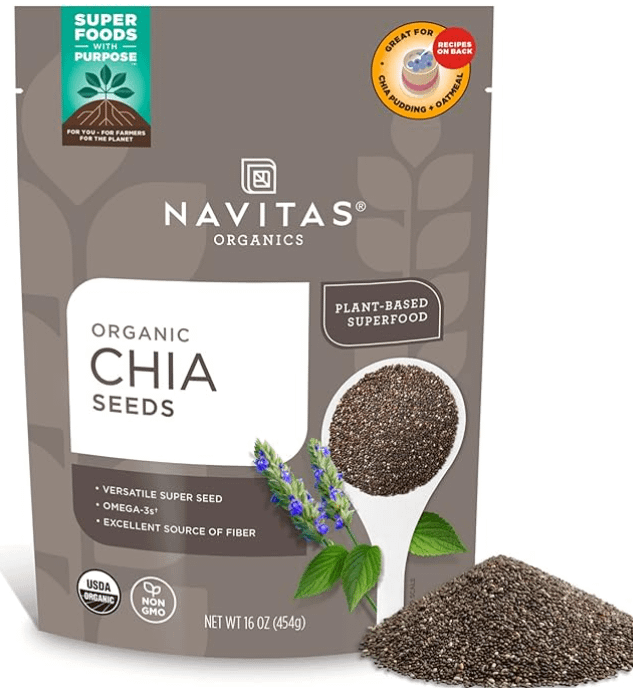

When purchasing chia seeds, you should place particular attention to their color, weight, and smell.
All ripe seeds can be either black or white. On the other hand, brown seeds are still not ripe. Moreover, ripe seeds weigh less than unripe ones and have a nice and nutty smell.
Note: there are white chia seeds and black ones. The white ones look best in most chia puddings!
I know you can find Chia Seeds at an awesome rate at Costco, otherwise you can find them in abundance on Amazon, at wholefood stores, and more often than not – at your local grocery store.
Recipes
Chia seeds are an incredibly versatile ingredient! I love to use them as a way to increase the nutritional profile of my smoothies, or as a way to thicken up my oatmeal and smoothie bowls. I even used them to make a quick, no-cooking jam for my pancakes!
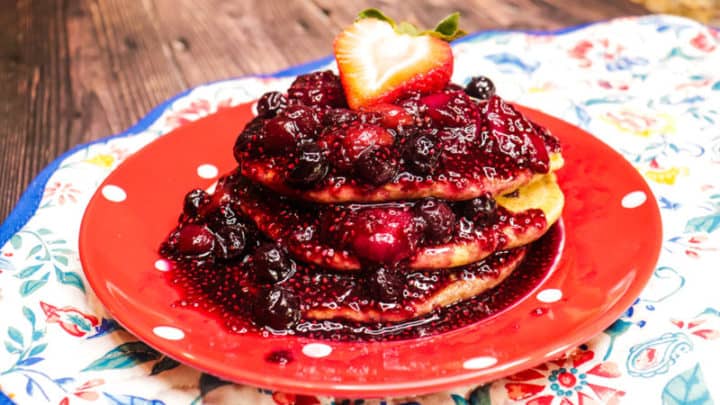

Here are some of the healthy and delicious recipes I came up with chia seeds: Strawberry Chia Seeds Pudding, Chia Berry Maple Syrup, Coconut Smoothie Bowl, Chocolate Cherry Oatmeal, Berry and Beet Smoothie, Apple Cinnamon Overnight Oat Parfait, Pumpkin Spice Overnight Oat Parfait.
FAQs About Chia Seeds
1 ounce of chia seeds is equivalent to approximately 2 tablespoons.
Chia seeds are high in fiber, with about 10 grams of fiber per ounce (28 grams).
Yes, chia seeds are packed with nutrients such as omega-3 fatty acids, fiber, protein, and various minerals, making them very healthy.
The best way to eat chia seeds daily is to add them to smoothies, yogurt, oatmeal, or soak them in water to make chia pudding.
Yes, drinking chia seeds before bed can help with weight loss as they keep you full and provide essential nutrients while you sleep.
Yes, you can add chia seeds to porridge for an extra boost of fiber and nutrients.
Chia seeds can absorb up to 15-20 times their weight in water, forming a gel-like substance.
Yes, you can mix chia seeds in milk to make chia pudding or add them to smoothies and other beverages.
You should soak chia seeds in coconut water for at least 20 minutes to allow them to absorb the liquid and form a gel.
You can take chia seeds up to twice a day, with a recommended serving of 1-2 tablespoons per serving.
The recommended daily intake of chia seeds is 1-2 tablespoons, which can be consumed in one or two servings.
Yes, you can eat flax seeds and chia seeds together to benefit from the nutrients and fiber in both seeds.
Chia seeds can be beneficial for IBS as they provide soluble fiber, which helps regulate bowel movements.
Yes, chia seed pudding can be good for weight loss as it is filling and low in calories while providing essential nutrients.
Eating too many seeds can lead to digestive issues such as bloating and gas due to their high fiber content. Moderation is key.
Yes, chia seeds are considered low FODMAP and can be included in a low FODMAP diet.
Chia seeds contain both soluble and insoluble fiber, with a higher proportion of soluble fiber.
Chia seeds offer numerous health benefits, including improved digestion, heart health, and stable blood sugar levels due to their high fiber, omega-3 fatty acids, and antioxidant content.
Yes, seeds, including chia seeds, can cause bloating if consumed in large quantities due to their high fiber content.
Chia seeds help with weight loss by promoting a feeling of fullness, reducing appetite, and providing essential nutrients without adding many calories.
Chia seeds can contribute to weight gain if consumed in excess due to their calorie content. Moderation is important.
To prepare chia seeds for breakfast, you can add them to smoothies, yogurt, oatmeal, or make chia pudding by soaking them in liquid overnight.
No, chia seeds are not hydrophobic. They absorb water and form a gel-like consistency.
Yes, chia seeds help with digestion due to their high fiber content, which promotes regular bowel movements.
Yes, eating chia seeds and flax seeds together can provide a range of nutrients and health benefits from both seeds.
Yes, chia seeds are very healthy as they are rich in omega-3 fatty acids, fiber, protein, and various essential minerals.
Chia seeds can upset your stomach if consumed in large quantities or without sufficient water due to their high fiber content.
For weight loss, it is recommended to consume 1-2 tablespoons of chia seeds per day.
Yes, chia seeds help with hydration as they absorb water and release it slowly into the body.
Yes, chia seeds can make you gassy if consumed in large amounts due to their high fiber content.
Yes, eating chia seeds can cause stomach pain if consumed in large quantities or without adequate water.
Comment and Share Your Experience
Have you tried incorporating chia seeds into your diet? What benefits or side effects have you experienced? Share your thoughts and tips in the comments below!
Join in the conversation, here:❤️❤️ Don’t miss a post! Make sure you remember to sign up for my Newsletter and follow me on social ❤️❤️!


